Growing an exotic and low-maintenance fruit tree like the Black Sapote can be both exciting and rewarding for any fruit lover. Often called the chocolate pudding fruit, this unique tree from the persimmon family produces creamy, sweet flesh with a rich flavor that makes a perfect dessert straight from nature. Originating in Mexico, Central America, and now popular in Florida and Hawaii, this subtropical evergreen tree truly thrives in warmth, humidity, and sunlight. Whether you’re into tropical gardening, edible landscaping, or simply building a home orchard, black sapote care and cultivating this sweet tropical fruit is a journey of successful cultivation and joy.
To cultivate your Black Sapote, start by choosing rich soil with good pH balance and well-drained soil to prevent diseases and root rot. A mix of organic matter and compost helps boost nutrient balance for steady plant growth. When planting, ensure proper soil preparation and maintain humidity control with mulching to conserve moisture. Pruning, watering, and fertilizing should follow simple maintenance strategies for tropical fruit care. If you’re growing in small spaces, container gardening works perfectly. With the right growing conditions and care requirements, even a backyard garden setup can turn into a thriving orchard or a beautiful home garden full of exotic plant species.
As your tropical tree planting matures, watch out for pests, common issues, and manage them with eco-friendly gardening methods. Encourage pollination through bees or propagation from seeds and grafting for better yield. Regular harvest during the fruiting season ensures you enjoy the fruit’s chocolate taste and natural sweetness, rich in antioxidants, vitamins, and minerals that add to its health benefits. Through sustainable gardening and mindful home orchard management, your Black Sapote will thrive beautifully in a tropical environment, proving that with patience and passion, any gardener can master tropical fruit cultivation and achieve rewarding fruit production.
Understand the Growing Conditions for Black Sapote Trees
The black sapote tree truly thrives in warm, tropical, and subtropical climates, making it a great choice for home gardeners across suitable regions. In my garden, I’ve seen how following the key conditions can help any fruit plant succeed beautifully. The right temperature between 70°F to 85°F (21°C to 29°C) supports optimal growth, while protection from frost and cold keeps the tree healthy. Adequate sunlight—preferably full sun or light shade with at least 6 hours of direct sunlight—encourages a bountiful harvest. Along with this, maintaining well-draining soil and balancing fertility, drainage, and organic matter ensures strong roots and steady development.
Read Also: Growing Dragon Fruit in Florida
Key Factors for a Healthy Black Sapote Tree
- Soil: Choose sandy loam or loamy soil that’s slightly acidic to neutral pH (5.5–7.0), enriched with compost or well-rotted manure.
- Spacing: When planting saplings, allow at least 25 feet to 30 feet between trees for proper air circulation and long-term growth.
- Watering: Avoid waterlogging and standing water; consistent moisture without excess keeps a healthy fruit plant strong.
- Climate: Follow the essential conditions of warmer states like Florida, California, and Hawaii, as Kiersten Rankel, a Master Black Persimmon cultivation expert, recommends.
With steady care, attention, and patience, your flowering stage will begin around 3 to 5 years after germination, leading to full fruiting and rich rewards. Meeting each criteria helps create an ideal environment where the tree can thrive and show the beautiful influence of your climate—a true delight for every gardener who values nurturing and balance.
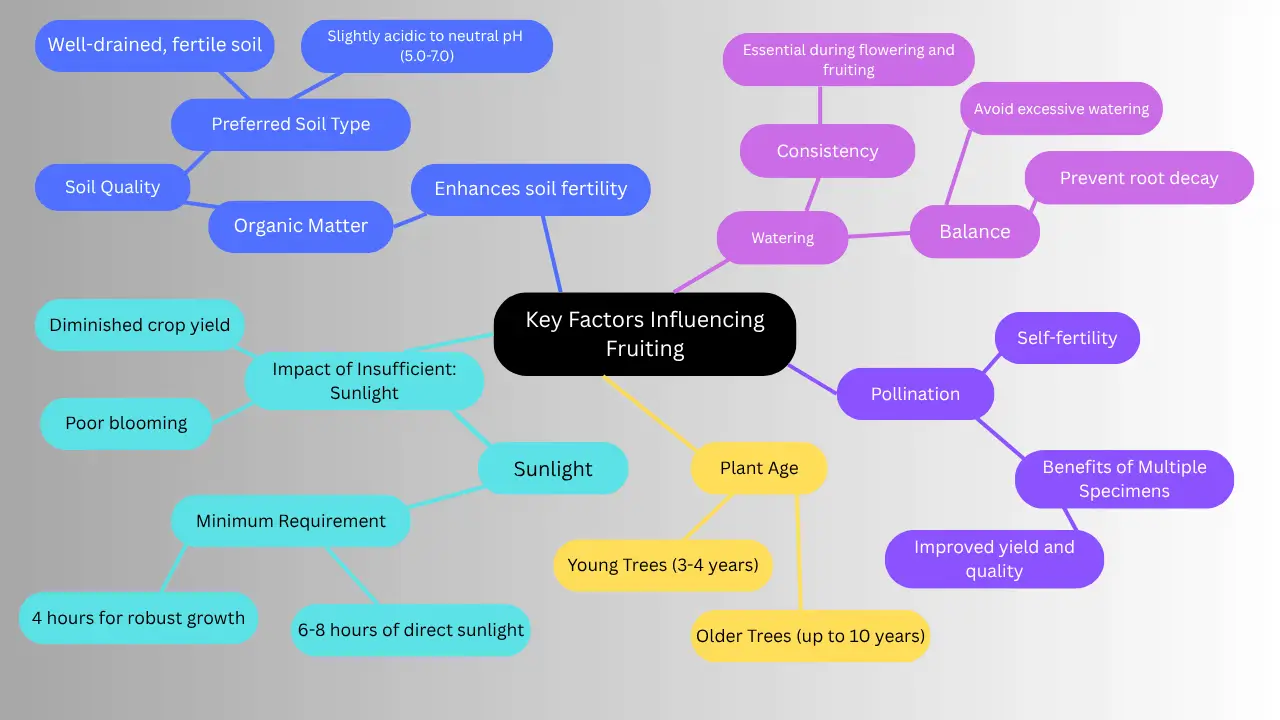
Plant the Black Sapote Tree: Step-by-Step Instructions
Planting a black sapote tree is a truly rewarding experience that brings joy to every garden. With the right steps, you can begin establishing a thriving plant that will flourish beautifully for years to come.
Step-by-Step Guide
- Choose the right time in early spring, just after the last frost, to give your tree the best chance to establish and grow strong.
- Prepare the planting hole by digging twice as wide and deep as the root ball, creating extra space for the roots to spread comfortably.
- Focus on soil preparation—mix excavated soil with organic matter like compost to improve drainage and enrich the nutrient content.
- Position your plant in the center of the hole, keeping the top level with the surrounding soil, and avoid planting too deep to prevent root rot.
- Backfill the hole using prepared soil, gently fill and tamp to remove air pockets, then water thoroughly so the soil can settle into a nurturing environment.
- Apply a 2–3 inch layer of mulch around the base and trunk to retain moisture, suppress weeds, and help the tree thrive naturally.
- Maintain consistent irrigation during the initial weeks, as it’s crucial for strong roots and long-term success in cultivating this tropical delight.
From my experience, being mindful of common challenges like pest control through organic pest management makes all the difference. A proactive approach—as seen in passion crops—can enhance development and ensure your dark tropical plant bears fruit that can be refrigerated for five days or frozen for six months. Each season, as May Sarton once said, “A garden is a series of losses and few triumphs,” but by following steps with care, you build a solid foundation and truly relish the fruits of your labor.
Read Also: 7 Essential Tips for Successful Papaya Seed Germination
Maintain Your Black Sapote Tree: Care and Maintenance Tips
Caring for a Black Sapote tree takes patience, observation, and the right essential care tips to keep it healthy and productive. From watering and fertilization to pruning and pest management, every small effort helps your beautiful plant flourish in the long run.
Key Tips for Tree Care
- Maintain consistent moisture in well-drained soil, keeping it slightly moist during dry periods, but stay mindful to avoid overwatering and root rot.
- Follow a steady watering routine suited to your environment to ensure balanced hydration for strong health and steady productivity.
- Use a balanced fertilizer such as 8-8-8 or 10-10-10 every six months to encourage robust growth, especially in early spring and late summer when natural growth cycles peak.
- Perform annual pruning to remove eliminating dead branches and overcrowded branches, which enhances air circulation and boosts sunlight exposure—both vital for fruit production.
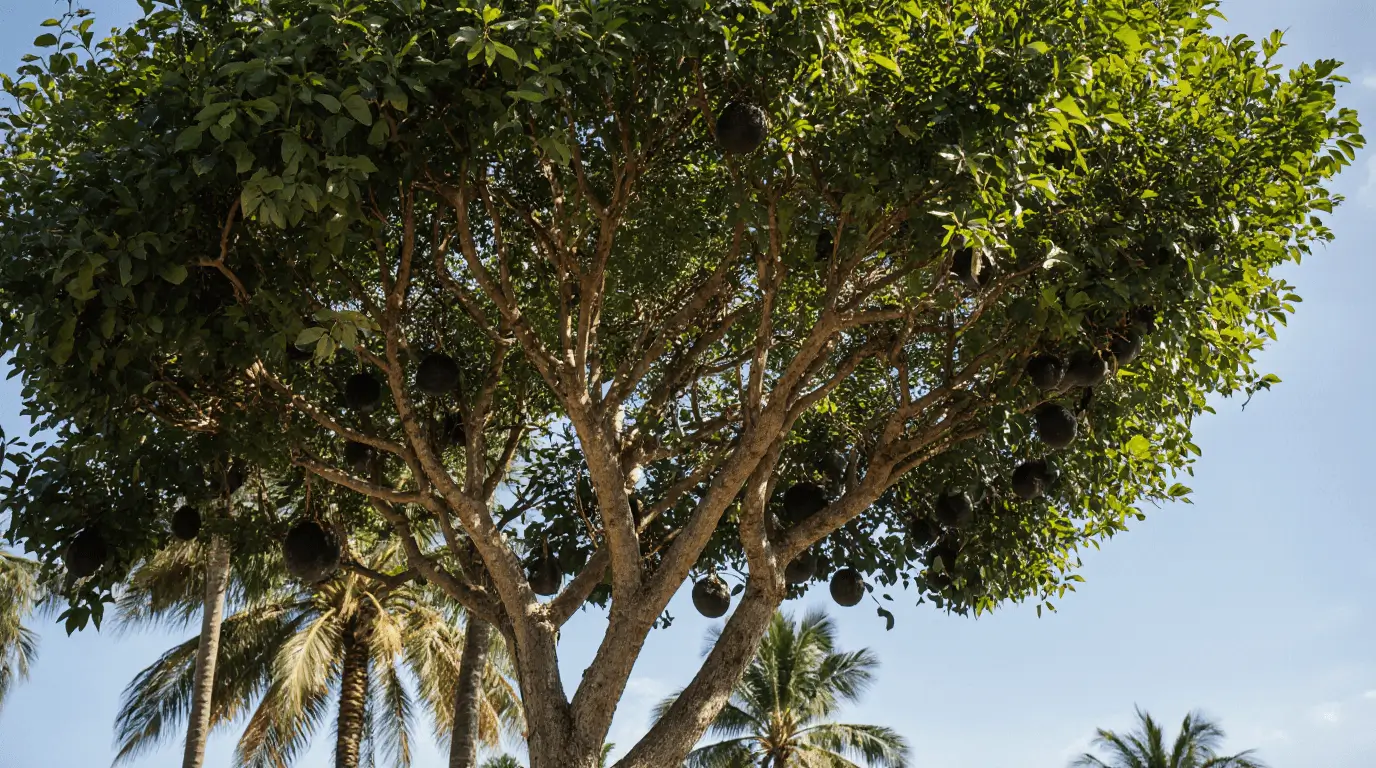
- Add a layer of mulch around the base to conserve moisture, suppress weed growth, and refresh it regularly to maintain its effectiveness.
- Practice pest management by doing regular checks for common pests like aphids and mealybugs, and apply neem oil or insecticidal soap as effective solutions for control.
- Focus on disease prevention by promoting good air circulation, avoiding overhead watering, and reducing the risk of fungal diseases that could damage your tree.
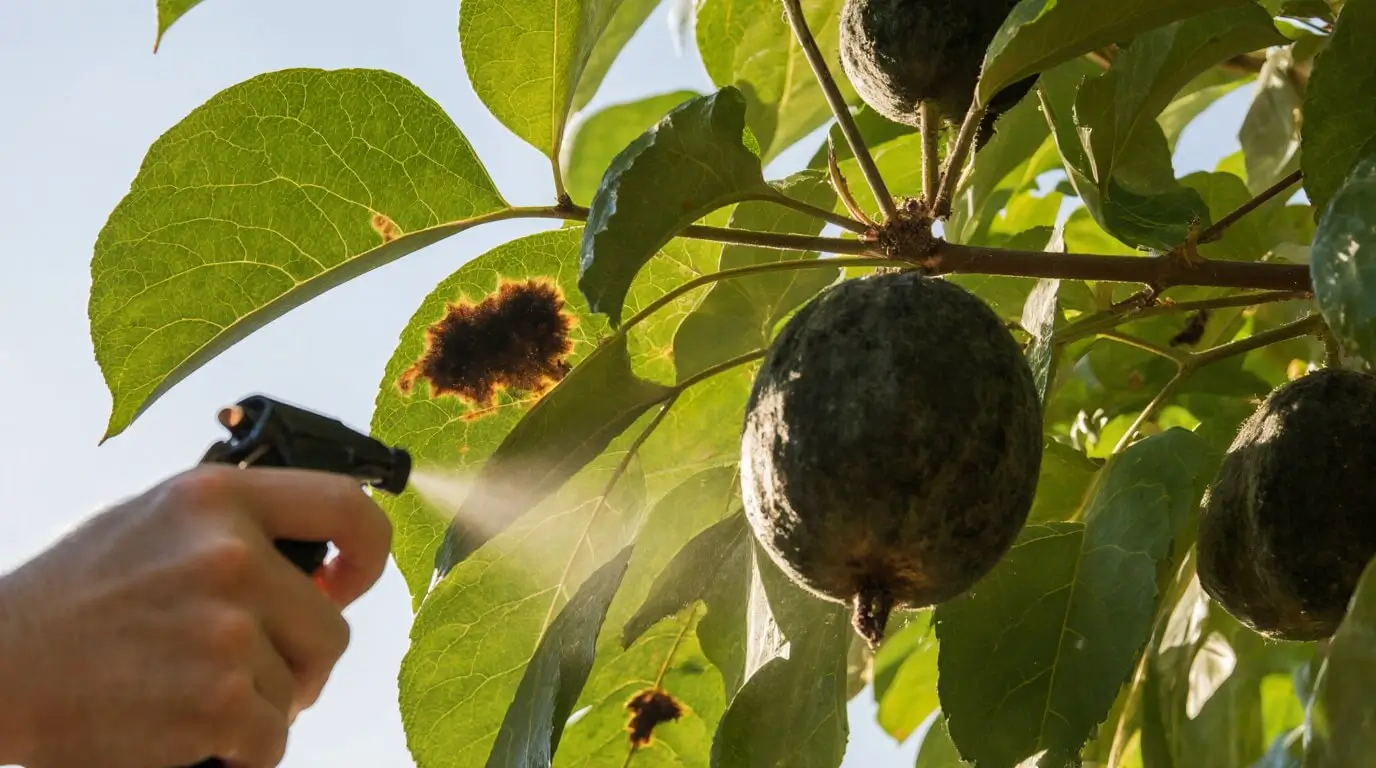
As Kiersten Rankel, an agricultural specialist, beautifully explains, “Pruning is an art that optimizes growth.” With strategic and thoughtful cuts on specific branches, you encourage energy focus toward producing fruit and achieving better yields. Over time, applying these nurturing strategies will help cultivate a flourishing tropical fruit plant with delicious fruit, making your gardening experience deeply satisfying. Whether you source from Everglades Farm or grow your own from seed, home gardeners find this dark fruit a beloved choice that brings joy, sustainability, and healthy plants to every home gardening setup.
Read Also: Tree Insect Management
Troubleshoot Common Problems in Black Sapote Cultivation
Cultivating a black sapote tree can come with a few challenges, but with the right remedies and effective strategies, you can easily overcome most common issues. I’ve found that even a thriving garden faces prevalent problems such as leaf yellowing, pest infestations, or fungal issues, but timely care and attention make all the difference. By addressing issues early, ensuring proper fertilization, and maintaining well-draining soil, your tropical plants can stay strong and resilient through every season.
Common Problems and Simple Fixes
- Leaf yellowing usually means overwatering or nutrient deficiencies—check soil moisture levels and apply a balanced fertilizer to restore essential nutrients.

- Poor crop development can result from insufficient pollination or nutrient imbalance; use hand-pollination and proper fertilization to enhance fruit development.
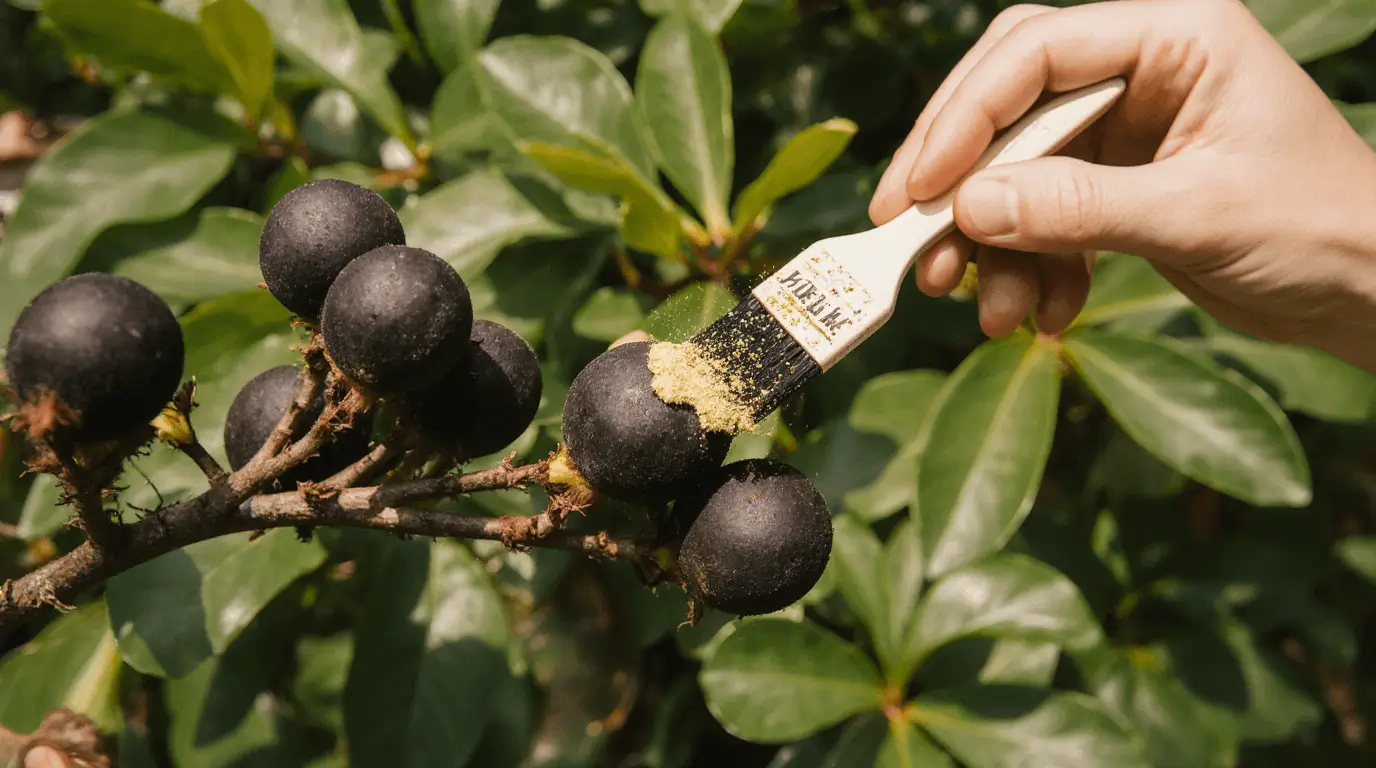
- Watch for abnormal flower development like deformed flowers or blooms that fail to open; early intervention helps ensure healthy growth.
- Prevent pest infestations from aphids and scale insects by using neem oil or insecticidal soap to eradicate these pests safely.
- Control fungal infection that causes dark spots on leaves by improving air circulation, avoiding overhead watering, and applying suitable fungicide to control spread.
- Manage root rot caused by poor drainage or excess moisture with a careful watering schedule and well-draining soil to protect your chocolate pudding fruit.
- In moderately breezy locations, use appropriate trimming to resist hurricane-force winds, helping your tropical fruit tree maintain healthy growth conditions.
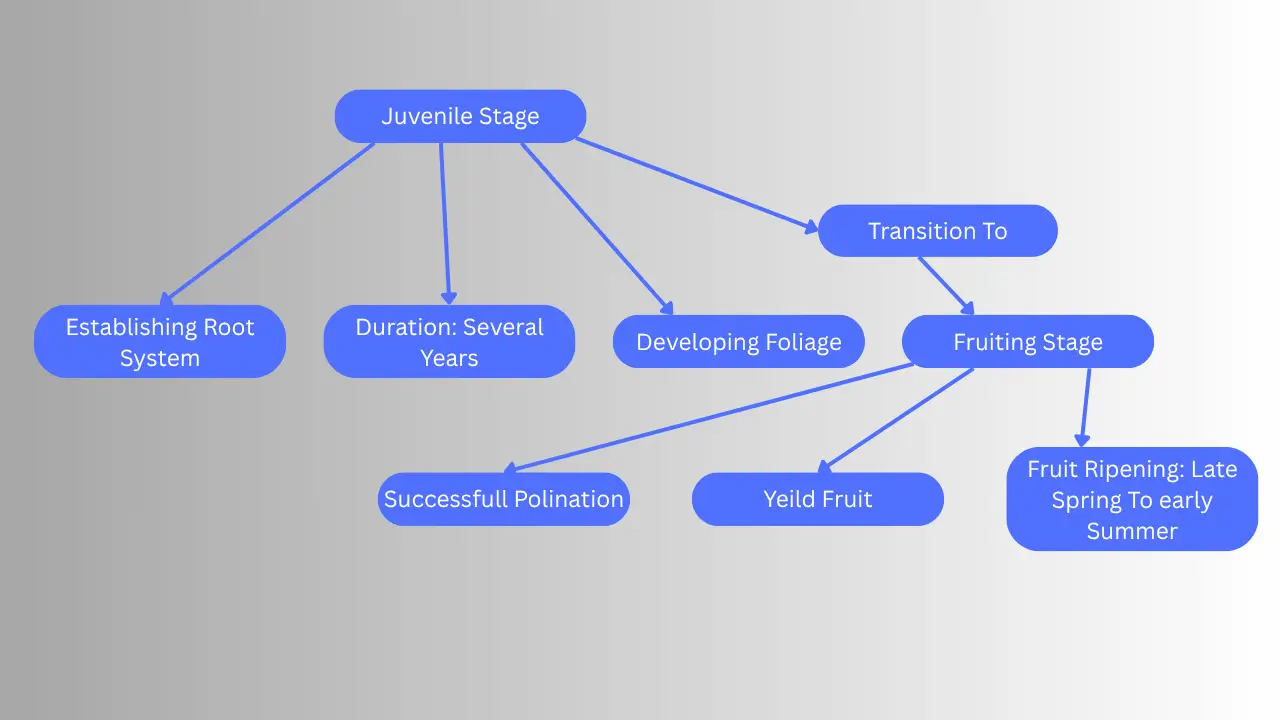
From experience, regular monitoring, timely interventions, and proactive care help cultivate a healthy productive plant. As your tree matures, focus on its specific fertilizer needs and growth conditions to enhance success. Every gardener is on a learning journey, and through our community of growing together, we continue nurturing tropical fruit trees that reach impressive heights—sometimes up to 30 ft (9.1 m)—and deliver a lifetime of satisfaction.
Read Also: Troubleshoot Common Fruiting Issues
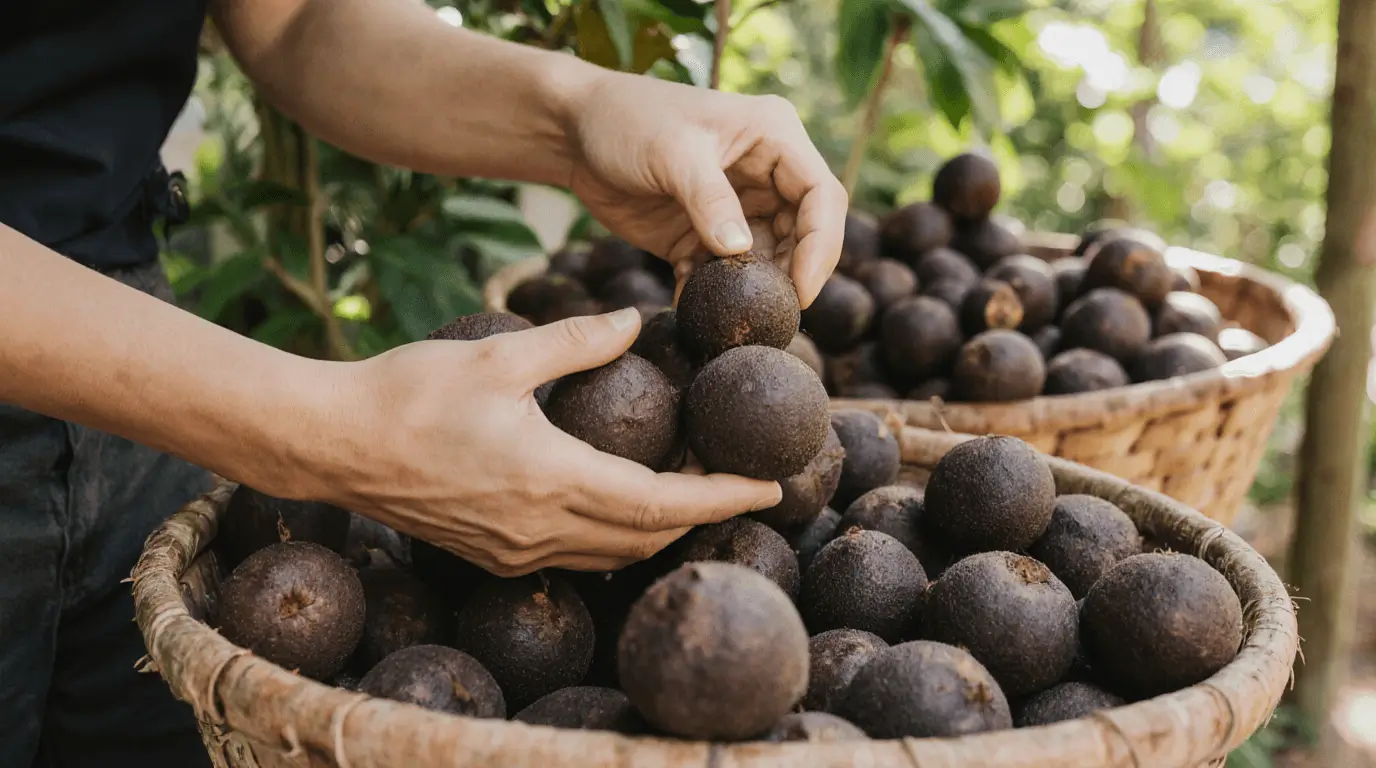
Conclusion
Troubleshooting common issues in black sapote cultivation may seem challenging at first, but with consistency and care, success becomes second nature. From managing leaf yellowing and pest infestations to preventing fungal infections and root rot, every solution brings you closer to a truly thriving garden. The key is to stay patient, apply balanced fertilizer, and maintain well-draining soil so your tropical fruit tree can grow strong and fruitful. As you continue cultivating, remember that each challenge is part of your learning journey—one that connects every gardener in a shared passion for growing together and nurturing the delightful chocolate pudding fruit.
Read Also: The Sweet Reward of Growing Your Own Soursop Tree
FAQs
- Why are my black sapote leaves turning yellow?
This usually happens due to overwatering or nutrient deficiencies. Check your soil moisture levels and add a balanced fertilizer to provide essential nutrients. - What causes my tree to flower but not produce fruit?
Insufficient pollination or nutrient imbalance can cause this. Try hand-pollination and ensure proper fertilization for better fruit development. - How do I get rid of pests on my black sapote tree?
Use neem oil or insecticidal soap to control aphids, scale insects, and other pests. Regular monitoring helps prevent infestations before they spread. - What should I do if my tree has dark spots on the leaves?
Those spots may indicate a fungal infection. Improve air circulation, avoid overhead watering, and apply a suitable fungicide to control the spread. - Can black sapote trees survive strong winds?
Yes, with appropriate trimming and proactive care, mature trees can resist hurricane-force winds, especially when grown in moderately breezy locations. - How tall do black sapote trees grow?
In favorable growth conditions, they can reach up to 30 ft (9.1 m) and still remain strong with proper pruning and fertilizer application. - How can I maintain long-term productivity in my black sapote tree?
Stay consistent with watering schedules, timely interventions, and fertilizer care. Always watch for signs of nutrient imbalance and fungal issues to keep your tree productive for many years.

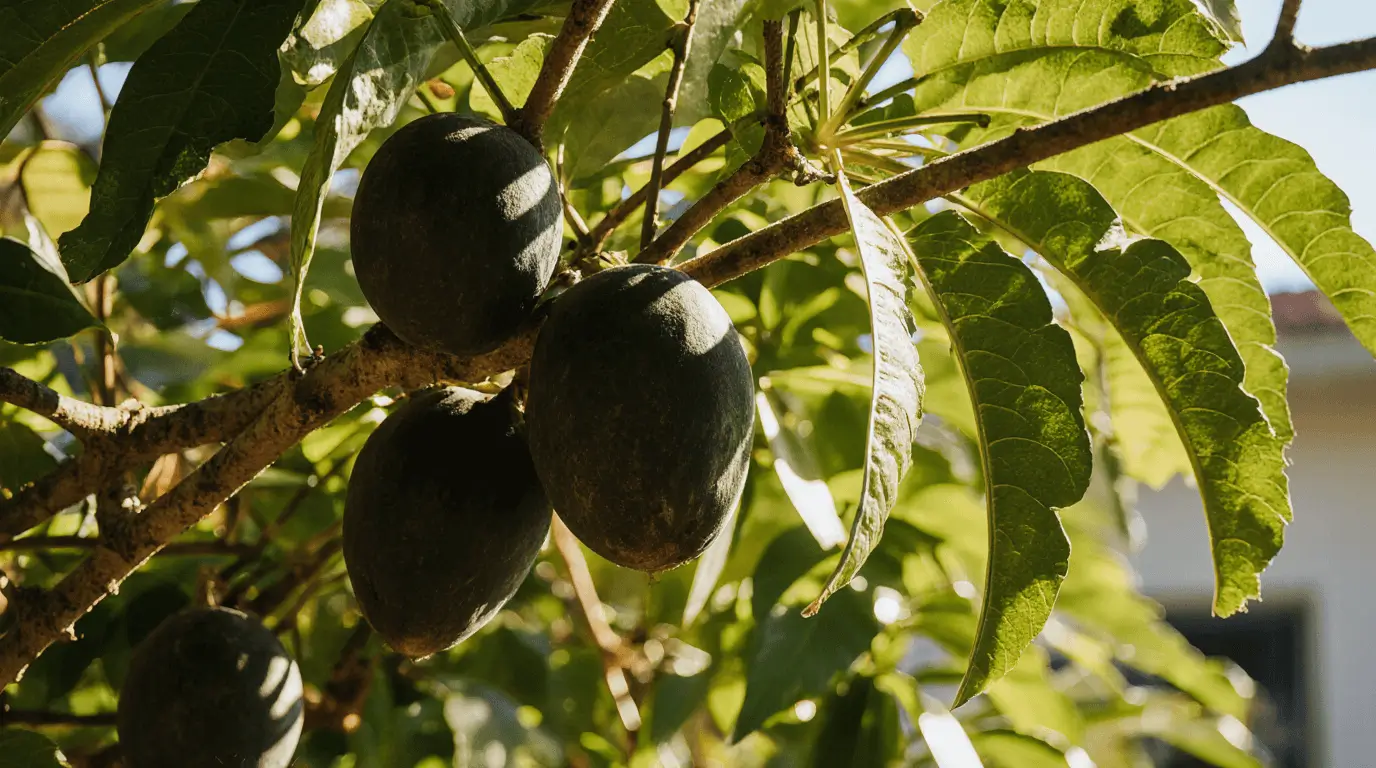
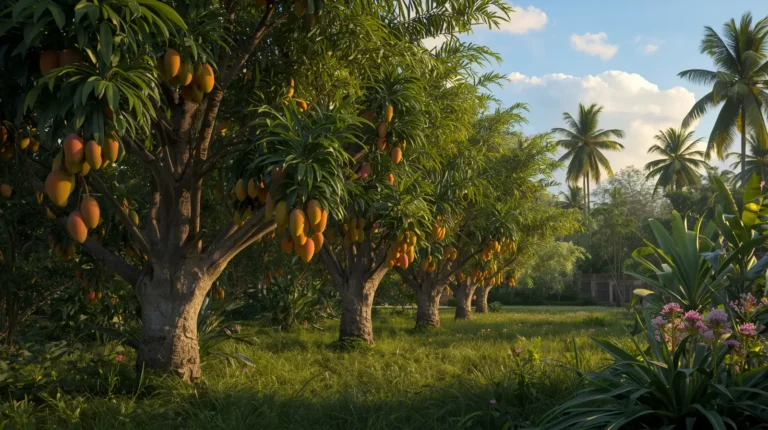
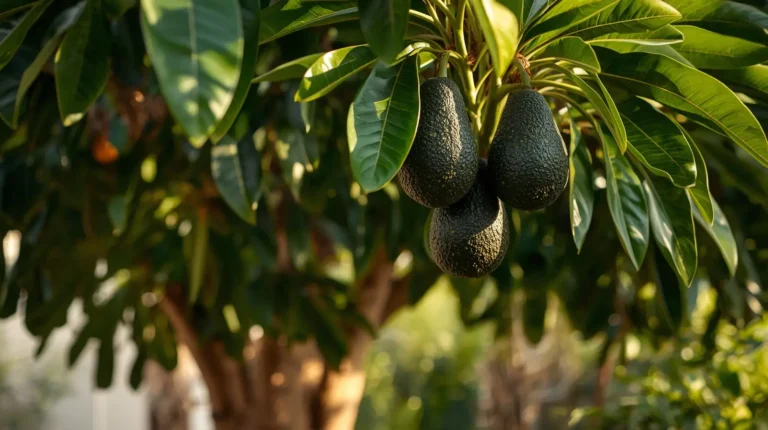

[…] Read Also: 5+ Expert Tips for Black Sapote Care That Guarantee Thriving Trees […]